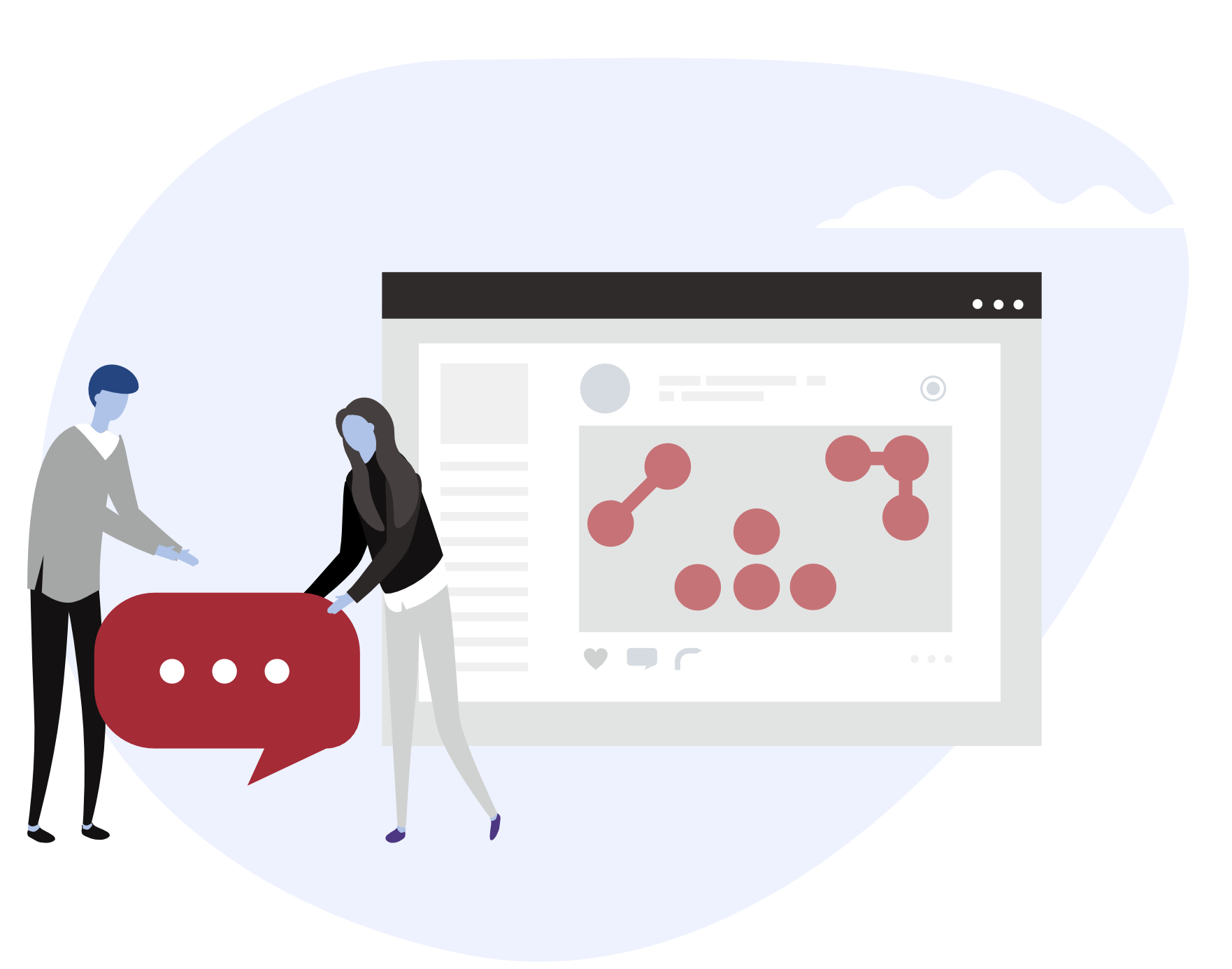Intro
How to scale a software system? Scaling a software system is a bit like growing a city. What starts as a cozy village eventually needs highways, subways, zoning laws, and utilities that don’t collapse under the pressure of a million citizens. In the world of software, scaling is not just about bigger servers—it’s about smarter architecture.
In this Blue Track article, we’ll walk you through 10 clear, practical steps that take your application from a basic monolith to a globally distributed, high-performance platform. If you’ve ever asked yourself, “How do I scale this thing?”—this one’s for you.
TL;DR
This article covers 10 foundational steps to scale your software system reliably. From splitting your frontend and backend, to setting up global infrastructure, we break down each move so you can plan for scale without losing control. Perfect for CTOs, product owners, and technical founders aiming to build for serious growth.
1. Split Frontend from Backend
In early-stage apps, the frontend and backend often live on the same server. It’s fast and convenient—until it’s not. Once you have more users and traffic, tightly coupled systems become brittle.
By splitting the frontend (what users interact with) from the backend (business logic and data handling), you gain flexibility. Each can scale independently, and your backend can become a service layer powering multiple interfaces—web, mobile, kiosks, or even third-party APIs.

2. Balance the Traffic
Once your backend starts receiving more requests than it can handle, you’ll need a load balancer. Think of it as a traffic cop—distributing incoming user requests evenly across multiple backend servers.
This reduces bottlenecks, increases fault tolerance, and ensures that if one server crashes, others can step in. It’s your first real step into horizontal scaling.

3. Replicate Your Database
Databases are often the first part of the system to feel the heat. Writes are usually infrequent, but reads? They spike fast.
Using a master-slave (or primary-replica) architecture allows one database to handle the writes while multiple read replicas handle the rest. It distributes the load and gives users faster response times while protecting your primary DB from being overwhelmed.

4. Add Caching
If your app keeps asking the same question to the database—why not memorize the answer?
Enter Redis or Memcached. In-memory caching systems that store frequently accessed data and return it in milliseconds. Use it for user sessions, feed data, or config settings—anything that doesn’t need to be queried fresh every time.

5. Get Sticky with Sessions
When users log in, they create sessions. If every request they make lands on a different server, you end up reloading their session from scratch. That’s slow.
“Sticky sessions” solve this. A user is consistently routed to the same server during their session, keeping their experience fast and avoiding unnecessary lookups. Alternatively, storing sessions in a shared store like Redis can decouple you from this problem entirely.

6. Shard the Database
As your database balloons with more data and more users, even read replicas might not cut it.
Sharding means breaking the database into smaller, more manageable parts. You can split users by region, ID range, or other logical rules. Each shard becomes a mini-database, reducing the load and making queries faster—provided you shard smartly.

7. De-normalize the Database
Sharding complicates relationships between tables. JOINs become expensive—or impossible across shards.
To fix this, we often denormalize. This means duplicating data or switching to NoSQL for non-relational storage. It makes reading data faster and easier, at the cost of some data redundancy. For things like user preferences, logs, or notifications, it’s a game changer.

8. Go Global with Data Centers
If your users are global, your infrastructure should be too. Hosting everything in one region causes latency for users far away.
By deploying in multiple regions—say, US-East, Europe-West, and Asia-Pacific—you bring the system physically closer to the user. Combine this with regional databases or CDNs and your app will feel snappy from anywhere.

9. Leverage a CDN
Content Delivery Networks like Cloudflare or AWS CloudFront cache and serve static content (images, scripts, stylesheets) from edge servers around the world.
This means users download assets from a server just a few milliseconds away—lightning fast. It also frees up your origin servers to focus on dynamic content.

10. Opt for Async
Not every task needs to happen immediately. Uploading a file? Sending a notification? Generating a report?
These can run in the background. By using queues (like RabbitMQ, SQS, or Kafka) and background workers, your system offloads time-consuming tasks. This keeps your API snappy and your UX smooth.

Conclusion
Scaling is not a one-time switch. It’s a series of deliberate moves that respond to real bottlenecks in performance and growth. The steps above serve as a reliable blueprint for evolving a simple app into an enterprise-grade system that performs under pressure.
The real trick? Don’t over-engineer prematurely. Scale just enough—and only when needed.

